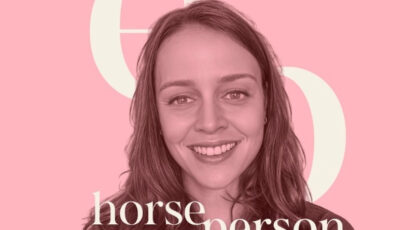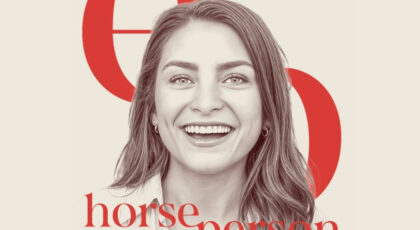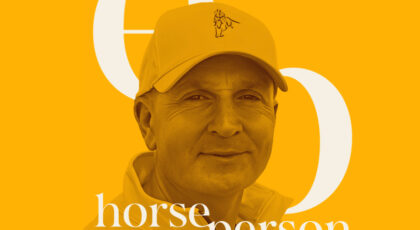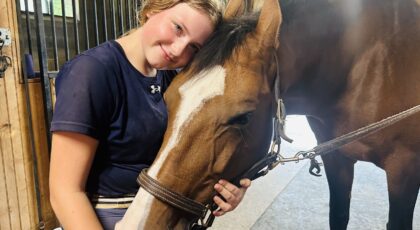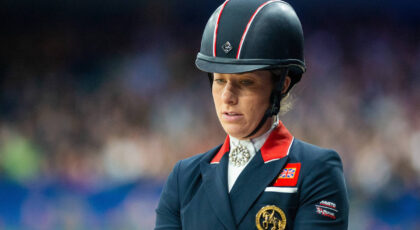#MasterclassMonday is a collaboration between Horse Network and NOELLEFLOYD.com to empower equestrians. Every Monday we’ll bring you a new lesson from a leading trainer or professional to help you troubleshoot your training, master your mindset and up your game. This month’s instructor: farrier Rich Affonso.
Earlier this month, we discussed why hoof angle really matters, and how to identify improper hoof angle and alignment.
Now let’s talk about what to do if you and your farrier discover that your horse’s hoof angle and alignment is off.
Whether your horse has been barefoot or shod, determining what has worked and not worked for them in the past will be extremely important in identifying the next steps. What have his feet looked like when he’s been sound? When he’s been lame? What angle seems to result in the least puffiness in the leg, or the least amount of maintenance you have to offer him?
If you’re unaware of what your horse’s past experience has been with shoeing, don’t be afraid to ask! Shoot a text to his former owner or trainer, if he’s a new horse to you (and if you’ve got a good relationship with those people). Remember, your veterinarian, trainer and farrier are your support system and there to help you in identifying a solution for your horse.
When it comes time to strategize a solution for your horse’s new shoes, one factor is particularly important: the breakover point.
The breakover point is the last point of contact that the shoe/toe makes with the ground when the horse rolls through the toe and pushes off the ground when in motion.
This can be influenced by where the shoe is physically placed (at the toe or slightly back and in line with the coffin bone) and how the shoe itself is shaped. The main goal when it comes to correcting hoof-related issues is to have the angle of the pastern line up with the angle of the foot.
Sometimes angles can’t be corrected, but instead need to be managed to keep your horse as comfortable as possible. Typically, hoof angles have to be corrected incrementally to avoid overstressing tendons and ligaments, but can be done over time and with patience.
Want more? Rich’s new Equestrian Masterclass is all about understanding and demystifying hoof angle




 August 15, 2022
August 15, 2022 

















